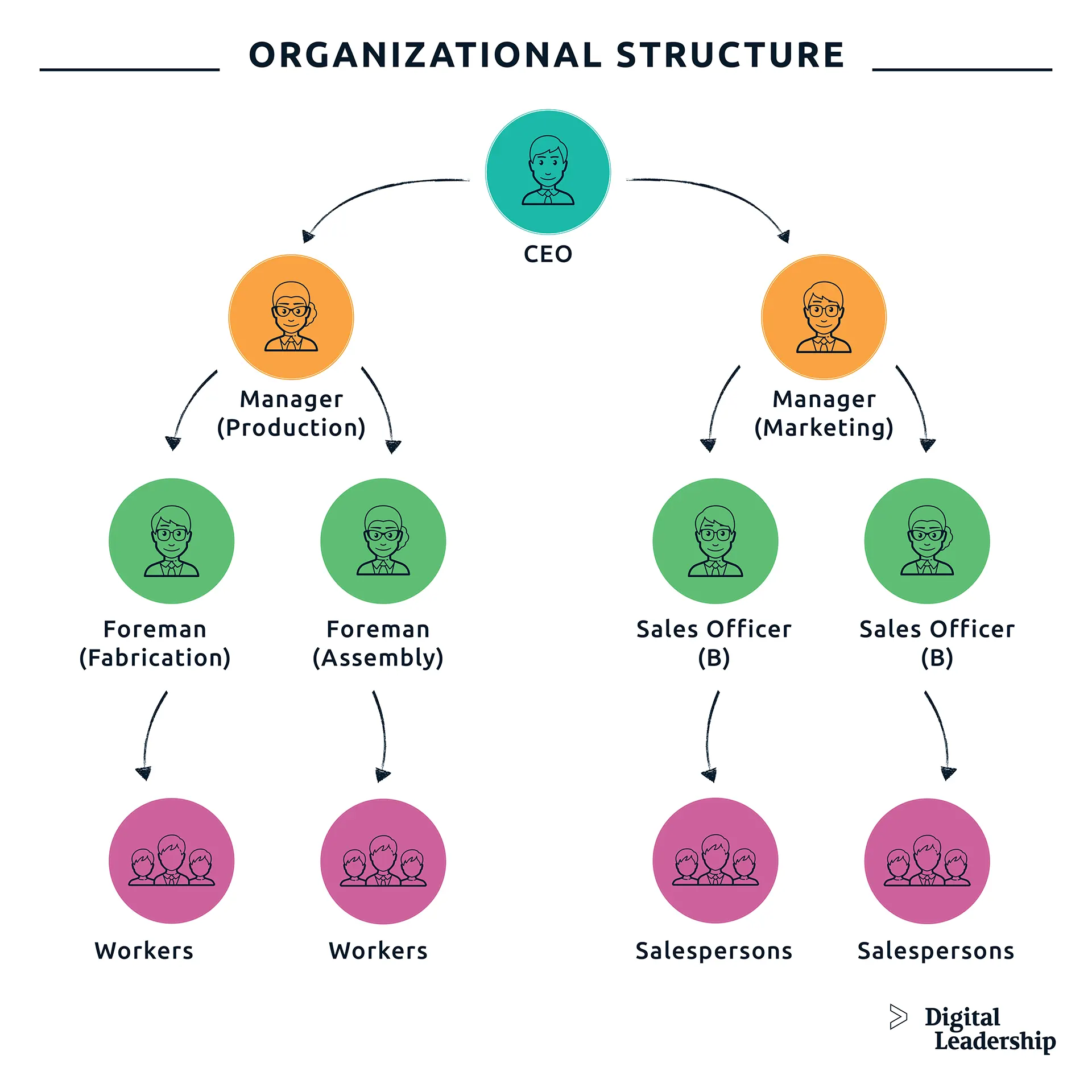
By Sanskriti Global Exports by Himanshu Gupta
Daily Import-Export Roundup: September 15, 2025 - Key Trends and Implications for India
Welcome to the daily import-export roundup for September 15th, 2025. Today's global trade landscape presents a mixed bag of opportunities and challenges for Indian businesses. We'll delve into significant developments affecting key sectors, analyzing their impact on Indian imports and exports.
Factual Summary
Global crude oil prices experienced a moderate increase today, driven primarily by geopolitical instability in the Middle East and concerns regarding supply chain disruptions. This surge is expected to impact the cost of manufacturing and transportation across various sectors in India, particularly those reliant on petroleum-based products. Meanwhile, the Euro experienced a slight dip against the US dollar, potentially affecting the competitiveness of European goods in the Indian market. The strengthening of the US dollar may also increase the cost of imports for Indian businesses sourcing from the US.
The WTO announced the finalization of a new agreement aimed at streamlining customs procedures and reducing trade barriers for agricultural products. While this presents a positive long-term outlook, the immediate impact on India will depend on the effective implementation of the agreement domestically and the competitive landscape for Indian agricultural exports. In other news, the ongoing trade negotiations between India and the European Union are making slow but steady progress, with both sides expressing optimism for a mutually beneficial agreement. However, specific timelines remain unclear.
Finally, there are reports of increased demand for Indian IT services in North America and Europe, indicating continued growth potential in this key export sector. However, competition from other Asian nations remains a factor, highlighting the importance of investing in innovation and upskilling the workforce.
Implications for Indian Import-Export
- Rising Crude Oil Prices: Increased fuel costs will impact transportation expenses, increasing the cost of both imports and exports. Businesses need to explore alternative fuel sources and optimize logistics to mitigate the impact. Hedging strategies against oil price volatility should be considered.
- Euro/USD Exchange Rate Fluctuations: The weakening Euro makes imports from the Eurozone relatively more expensive, while exports to Europe become more competitive. Indian businesses should actively monitor exchange rate movements and adopt appropriate hedging strategies.
- WTO Agreement on Agricultural Products: The new WTO agreement holds potential benefits for Indian agricultural exporters in the long run. However, businesses must adapt to new regulations and strengthen competitiveness to fully capitalize on this opportunity. Increased focus on quality control and sustainable agricultural practices will be critical.
- India-EU Trade Negotiations: A favorable outcome from the ongoing negotiations could significantly boost trade between India and the EU. Indian businesses should monitor these developments closely and be prepared to adapt their strategies to leverage the opportunities presented by a potential trade agreement. This necessitates proactive engagement with the government and relevant industry bodies.
- Demand for Indian IT Services: Sustained demand for Indian IT services presents a positive outlook for this export sector. However, businesses need to stay ahead of the curve through continuous innovation, investment in R&D, and employee upskilling to maintain their competitive edge.
- Supply Chain Disruptions: The ongoing geopolitical tensions underscore the vulnerability of global supply chains. Businesses need to diversify their sourcing and distribution networks to minimize their exposure to disruptions. Building resilient and flexible supply chains is crucial for long-term sustainability.
- Regulatory Compliance: Staying updated on evolving trade regulations and policies, both domestically and internationally, is crucial for compliance and minimizing risks. Investing in robust compliance systems and seeking professional advice is highly recommended.
Conclusion
September 15th, 2025, presents a dynamic global trade environment for India. While challenges exist, particularly related to rising oil prices and potential supply chain disruptions, there are also opportunities to be seized, such as the potential benefits from the new WTO agreement and sustained growth in the IT sector. Proactive risk management, strategic planning, and a focus on adaptability and innovation will be key for Indian businesses to navigate these complexities and achieve success in the global marketplace. Continuous monitoring of market trends, exchange rates, and policy developments is paramount for making informed business decisions.
Source: Original